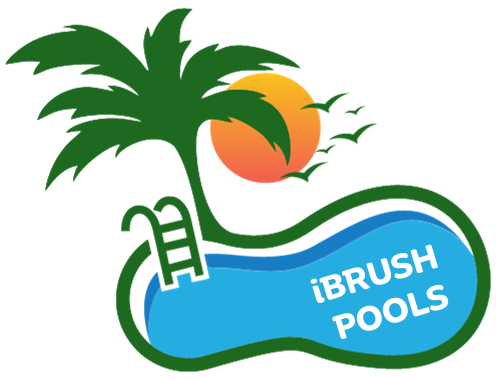
Balancing the pH in your pool is crucial for maintaining water quality and ensuring a comfortable swimming experience. Let’s dive into the details:
- Understanding pH:
- pH measures how acidic or basic a solution is. The pH scale ranges from 0 to 14, with 7.0 being neutral. Below 7.0 is acidic, and above 7.0 is basic.
- For most pools, the ideal pH range is 7.4–7.6. However, anything within 7.2–7.8 is generally acceptable.
- Examples: Coffee has a pH of 5, hand soaps have a pH of 9–10, and your eye fluid has a pH of 7.4.
- Why pH Matters:
- Low pH (acidic):
- Causes skin and eye irritation.
- Corrodes pool surfaces and equipment.
- Damages vinyl liners, solar covers, and inflatable accessories.
- Increases chlorine usage.
- High pH (alkaline):
- Reduces chlorine effectiveness.
- May cause cloudy water and staining.
- Raises the risk of algae growth.
- Low pH (acidic):
- Balancing pH:
- Test pH and alkalinity levels using test kits.
- Adjust pH:
- Low pH: Add an acid like muriatic acid or sodium bisulfate.
- High pH: Add an alkaline base like soda ash or sodium bicarbonate (baking soda).
- Allow water circulation after adjustments.
- Aerate the water if necessary.
Remember, maintaining the right pH ensures a safe, enjoyable swim and prolongs the life of your pool and equipment.
Ibrush Pools provides weekly pool maintenance in Cypress Tx with great google reviews.
